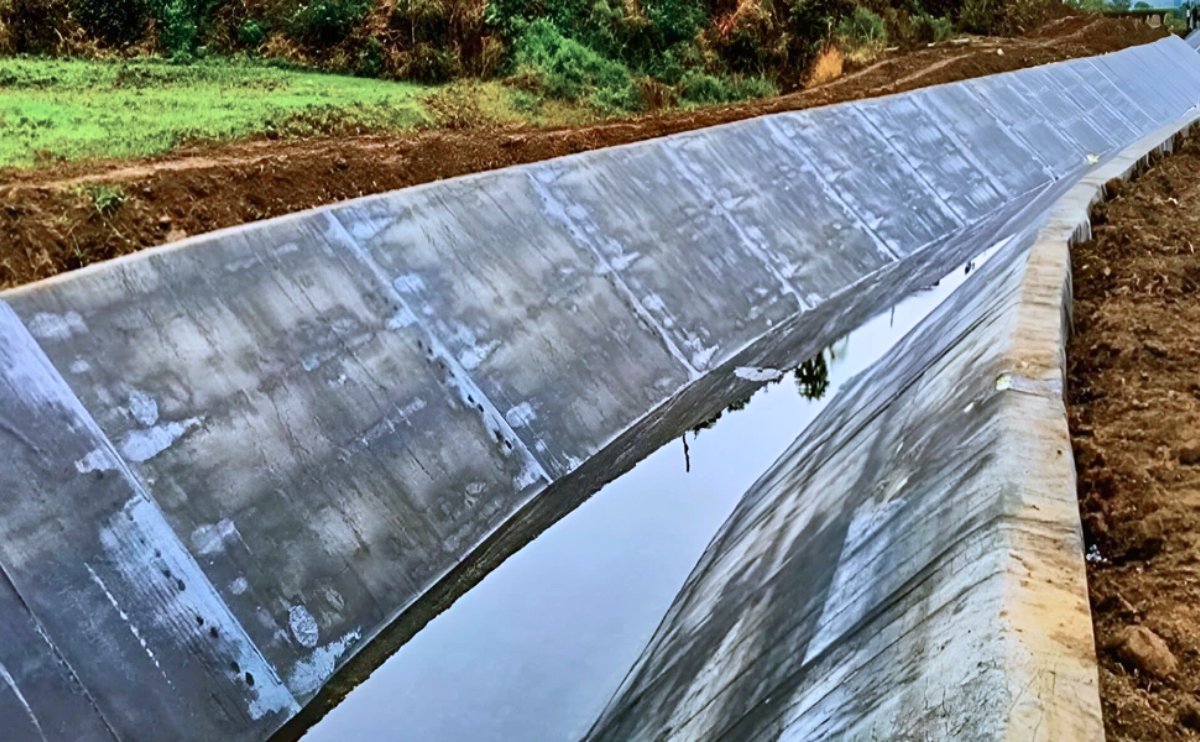In an era where water is among our most precious natural assets, optimizing its use isn’t just smart—it’s vital. One of the most impactful strategies to enhance irrigation efficiency and conserve water is employing effective canal lining systems. Among these, the NCL (Non-Crackable Longitudinal) and NCT (Non-Crackable Transversal) canal lining solutions are leading the way. These systems are credited with reducing water loss, combating erosion, and securing irrigation infrastructure for long-term effectiveness.
Understanding Canal Lining and Its Importance
Canal lining refers to the practice of applying a protective layer to canal beds and sides to stop seepage and erosion. It’s a critical method to improve water distribution, minimize water loss, and reduce the risk of structural failure—especially in agriculture and long-range irrigation projects. This seemingly simple intervention plays a key role in enabling sustainable water usage and preventing soil degradation.
The NCL & NCT Advantage
NCL and NCT are both types of PVC joint seals used in canal lining systems—but they serve distinct roles:
- NCL (Non-Crackable Longitudinal): Designed to act as a contraction joint, NCL is installed when concrete is in its plastic state. It prevents cracks from forming along the length of the canal lining by absorbing internal stresses during curing.
- NCT (Non-Crackable Transversal): Serving as an expansion joint, NCT accommodates transverse movement due to temperature changes or structural loads. This flexibility protects the canal structure from stress-induced damage.
How PVC Joint Seals Work
PVC joint seals are made from durable, flexibel polyvinyl chloride compounds that resist chemicals, UV damage, and weathering. These properties make them ideal for demanding environments such as canal linings.
Functional Benefits
- Watertight Seal: The primary role is to form an impermeable barrier at construction and expansion joints, preventing seepage that can weaken soil and structure.
- Structural Flexibility: These seals tolerate concrete expansion and contraction—whether from curing shrinkage or temperature shifts—reducing cracking risks.
- Rigid Yet Adaptable: While firm enough to maintain position during installation and concrete placement, the joint shape accommodates movement without compromising position.
Broader Applications
Though designed for canal lining, NCL and NCT joint seals prove versatile across numerous infrastructure types. These include:
- Plumbing and piping systems
- Liquid containment structures
- Dams, tunnels, box culverts, and locks
- Bridges, abutments, wall slabs
- Basements and foundations across infrastructure projects
Technical Features & Advantages
Here’s why NCL and NCT canal lining systems stand out:
- Waterproofing Reliability: Providing a strong seal at construction joints, they significantly mitigate water intrusion and seepage through joints.
- Independent Movement: These seals allow adjacent concrete sections to move independently—guarding against stress from thermal shifts or soil settlement.
- Installation Stability: Built to hold shape firmly during placement, they simplify the installation process for contractors.
- Seamless Bonding: They help form a continuous concrete bond at joints without weakening the prior concrete pour.
- Chemical and Environmental Resistance: PVC compounds maintain integrity against ozone, alkalis, acids, additives, and have strong resilience against weathering and UV exposure.
Design & Installation Insights
Effective implementation of NCL/NCT lining systems includes:
- Material Quality: Made from specially formulated PVC—enhanced with stabilizers, plasticizers, and antioxidants—these seals offer high elasticity, tensile strength, and hydrostatic resistance.
- Choice of Profile: Depending on site conditions, various designs (ribbed, dumbbell-shaped, kicker/surface type) address differential settlement, expansion, or installation constraints.
- Joining Process: On-site welding or heating joins are used to create continuous sealing strips, ensuring a perfect, leak-free fit along construction joints.
Why NCL & NCT Matter in Today’s Water-Driven World
Water scarcity and aging infrastructure drive the need for resilient solutions. NCL and NCT systems safeguard water resources, reduce maintenance costs, and fortify vital civil structures. As environmental uncertainties grow, such proactive investments make sustainable, economic sense.
In integrating NCL and NCT canal lining systems, engineers and project planners access a dual advantage: improved water retention and enhanced structural resilience. These systems deliver long-term performance and reliability through smart design and high-quality material standards.
Bioflow Industries Pvt. Ltd. is one of the leading manufacturers and suppliers of canal lining joint seals, offering top-tier PVC NCL/NCT water stoppers known for their exceptional reliability and installation ease.



